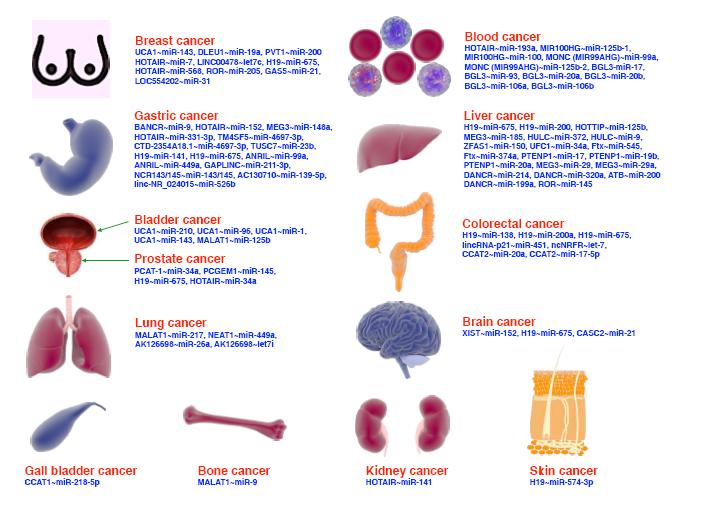| 1. |
Salawu ON, Ibraheem GH, Babalola OM, et al. Clinical outcomes after open locked intramedullary nailing of closed femoral shaft fractures for adult patients in a Nigerian Hospital. Niger J Clin Pract, 2017, 20(10): 1316-1321.
|
| 2. |
Zhang J, Bradshaw F, Hussain I, et al. The epidemiology of lower limb fractures: A major United Kingdom (UK) Trauma Centre study. Cureus, 2024, 16(3): e56581. doi: 10.7759/cureus.56581.
|
| 3. |
Hosseini H, Heydari S, Domari AA, et al. Comparison of treatment results of femoral shaft fracture with two methods of intramedullary nail (IMN) and plate. BMC Surg, 2024, 24(1): 318. doi: 10.1186/s12893-024-02590-1.
|
| 4. |
Wild M, Gehrmann S, Jungbluth P, et al. Treatment strategies for intramedullary nailing of femoral shaft fractures. Orthopedics, 2010, 33(10): 726. doi: 10.3928/01477447-20100826-15.
|
| 5. |
Böstman O, Varjonen L, Vainionpää S, et al. Incidence of local complications after intramedullary nailing and after plate fixation of femoral shaft fractures. J Trauma, 1989, 29(5): 639-645.
|
| 6. |
Desta T, Lodamo T, Mulat H, et al. Prevalence and associated factors of infection after intramedullary nailing of long bone fractures among patients attending St.Paul’s Hospital Millennium Medical College, AaBET Hospital, Addis Ababa, Ethiopia. SAGE Open Med, 2023, 11: 20503121231181648. doi: 10.1177/20503121231181648.
|
| 7. |
Odatuwa-Omagbemi DO. Open intramedullary nailing using ‘Greens Instrumentation’ in the treatment of femoral and tibial shaft fractures: a 5 years review of cases in a private health facility in the Niger Delta region of Nigeria. J Med Tropics, 2020, 22(2): 115-121.
|
| 8. |
Rand JA, An KN, Chao EY, et al. A comparison of the effect of open intramedullary nailing and compression-plate fixation on fracture-site blood flow and fracture union. J Bone Joint Surg (Am), 1981, 63(3): 427-442.
|
| 9. |
Rose DM, Smith TO, Nielsen D, et al. Expandable intramedullary nails in lower limb trauma: a systematic review of clinical and radiological outcomes. Strategies Trauma Limb Reconstr, 2013, 8(1): 1-12.
|
| 10. |
Patra SK, Shetty AP, Jayaramaraju D, et al. Radiation exposure to the surgeon, surgical assistant, and scrub nurse during closed intramedullary nailing of long bones-does it vary depending on the experience of the surgeon? J Orthop Trauma, 2019, 33(2): e52-e57.
|
| 11. |
Kalem M, Başarır K, Kocaoğlu H, et al. The effect of C-arm mobility and field of vision on radiation exposure in the treatment of proximal femoral fractures: A randomized clinical trial. Biomed Res Int, 2018, 2018: 6768272. doi: 10.1155/2018/6768272.
|
| 12. |
Williamson M, Iliopoulos E, Williams R, et al. Intra-operative fluoroscopy time and radiation dose during suprapatellar tibial nailing versus infrapatellar tibial nailing. Injury, 2018, 49(10): 1891-1894.
|
| 13. |
Wang Y, Han B, Shi Z, et al. Comparison of free-hand fluoroscopic guidance and electromagnetic navigation in distal locking of tibia intramedullary nails. Medicine (Baltimore), 2018, 97(27): e11305. doi: 10.1097/MD.0000000000011305.
|
| 14. |
Whatling GM, Nokes LD. Literature review of current techniques for the insertion of distal screws into intramedullary locking nails. Injury, 2006, 37(2): 109-119.
|
| 15. |
Lei H, Sheng L, Manyi W, et al. A biplanar robot navigation system for the distal locking of intramedullary nails. Int J Med Robot, 2010, 6(1): 61-65.
|
| 16. |
Leuraud K, Richardson DB, Cardis E, et al. Ionising radiation and risk of death from leukaemia and lymphoma in radiation-monitored workers (INWORKS): an international cohort study. Lancet Haematol, 2015, 2(7): e276-e281.
|
| 17. |
Brambilla M, Cerini P, Lizio D, et al. Cumulative radiation dose and radiation risk from medical imaging in patients subjected to endovascular aortic aneurysm repair. Radiol Med, 2015, 120(6): 563-570.
|
| 18. |
Brown N, Jones L. Knowledge of medical imaging radiation dose and risk among doctors. J Med Imaging Radiat Oncol, 2013, 57(1): 8-14.
|
| 19. |
Little MP. Radiation and circulatory disease. Mutat Res Rev Mutat Res, 2016, 770(Pt B): 299-318.
|
| 20. |
Zakeri F, Shakeri M, Rajabpour MR, et al. Physicians’ knowledge about radiation dose and possible risks of common medical tests: A surgery in iran. Radiat Prot Dosimetry, 2016, 172(1-3): 311-316.
|
| 21. |
Kelly GA, Rowan FE, Hurson C. Factors influencing radiation exposure during internal fixation of hip fractures. Eur J Orthop Surg Traumatol, 2017, 27(5): 637-641.
|
| 22. |
Winquist RA. Locked femoral nailing. J Am Acad Orthop Surg, 1993, 1(2): 95-105.
|
| 23. |
王军强, 王剑飞, 胡磊, 等. 医用机器人辅助股骨带锁髓内针远端锁钉瞄准系统的实验研究. 中华医学杂志, 2006(9): 614-618.
|
| 24. |
Boraiah S, Barker JU, Lorich D. Efficacy of an aiming device for the placement of distal interlocking screws in trochanteric fixation nailing. Arch Orthop Trauma Surg, 2009, 129(9): 1177-1182.
|
| 25. |
Krettek C, Könemann B, Miclau T, et al. A new mechanical aiming device for the placement of distal interlocking screws in femoral nails. Arch Orthop Trauma Surg, 1998, 117(3): 147-152.
|
| 26. |
Stathopoulos I, Karampinas P, Evangelopoulos DS, et al. Radiation-free distal locking of intramedullary nails: evaluation of a new electromagnetic computer-assisted guidance system. Injury, 2013, 44(6): 872-875.
|
| 27. |
Kuang S, Leung KS, Wang T, et al. A novel passive/active hybrid robot for orthopaedic trauma surgery. Int J Med Robot, 2012, 8(4): 458-467.
|
| 28. |
赵春, 黄震. 天玑机器人辅助空心螺纹钉治疗股骨颈骨折的效果分析. 淮海医药, 2024, 42(5): 488-491.
|
| 29. |
刘亚军, 王照东, 徐陈, 等. 天玑骨科机器人辅助股骨颈动力交叉钉系统微创治疗老年GardenⅡ、Ⅲ型股骨颈骨折早期临床疗效. 中国修复重建外科杂志, 2023, 37(12): 1471-1476.
|
| 30. |
马铭志, 王志聪, 叶佳徽, 等. “天玑”骨科机器人辅助与徒手经椎弓根行椎体后凸成形术治疗胸椎骨质疏松性椎体压缩骨折的疗效分析. 中国修复重建外科杂志, 2023, 37(9): 1106-1112.
|
| 31. |
刘申, 雷同昊, 顾锋, 等. 天玑骨科手术机器人在创伤骨科领域中的应用综述. 医疗卫生装备, 2024, 45(5): 104-110.
|




